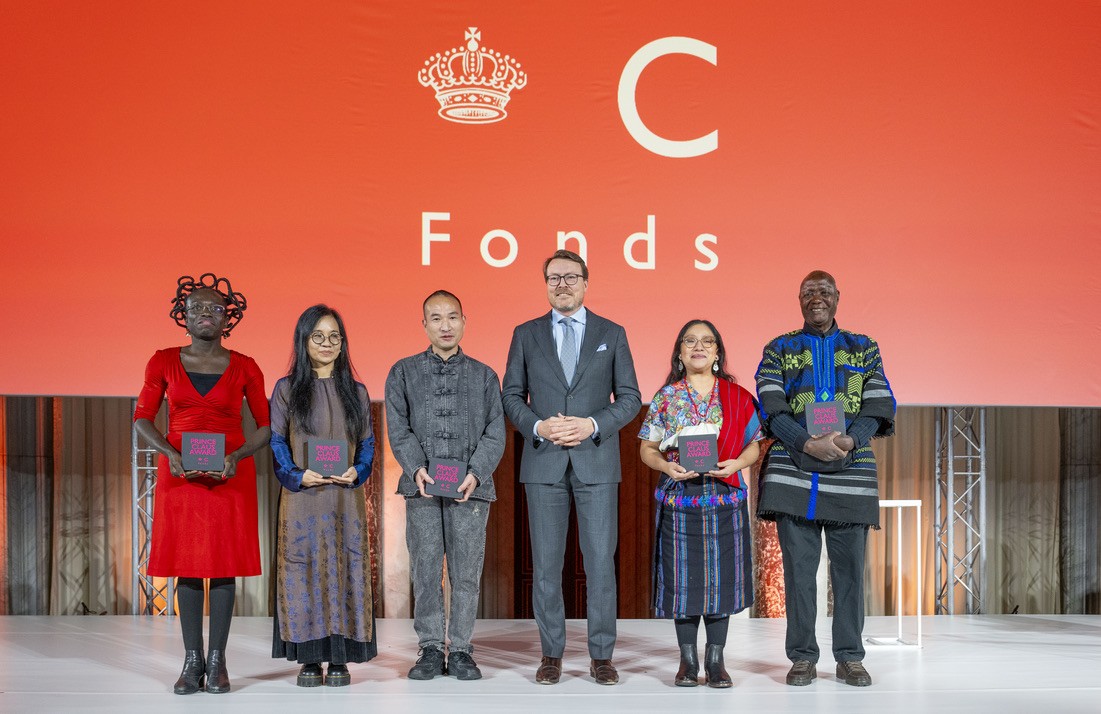Thinking about photos as a sculptor

28 October 2015
Magazine C& Magazine
7 min read
C&: Tell us a bit about your artistic journey. How did it all start? Steeve Bauras: I first decided to travel, which led me to continue my studies at the ENSBA (the National School of Fine Arts in Paris), which I had begun in Martinique. Apart from the institution’s prestige, the location turned out …
C&: Tell us a bit about your artistic journey. How did it all start?
Steeve Bauras: I first decided to travel, which led me to continue my studies at the ENSBA (the National School of Fine Arts in Paris), which I had begun in Martinique. Apart from the institution’s prestige, the location turned out to be an incredibly useful tool, to be sure. I met and befriended Emmanuel Saulnier, who had attracted a group of artists to his sculpture studio, including the likes of Elise Vandewalle, Jean-Baptiste Mognetti, Andres Ramirez, François Bianco, François Bianco, and Anne-Charlotte Yver. Artists I still see, collaborate with, exchange ideas, and exhibit with today, and who helped to determine how my work has evolved. This group is a refuge, a source of calm and stability that I try to hold onto in the face of some of my hardships.
C&: What made you choose photography as a medium? Do you only work in digital?
SB: Photography is the place where I am perhaps the most effusive, rustling around and always looking for the right mood. I like to question the medium’s limits, its process of depiction, and its validity in the form of hypotheses that I develop with my photographic subjects, as in the Zugzwang series [a German chess term meaning “forced move”].This term sums up an ideal, which is the possibility of not making the next move for fear of damaging your position. Within the work, that word is a good summation of the state I might find myself in before any new project, somewhere between excitement and immense panic. You also need to put this in the context of the fact that I am a photographer in a sculpture studio, as I was during my studies and will no doubt continue to be in my current work. My work is mainly done digitally, while trying to resist that bulimia of images that the recording method lends itself to. The images are not subjected to any post-production work, the intention being to propose a plausible and fair inscription of captured reality.

<figcaption> Steeve Bauras, Zugzwang no.3, 2011. Courtesy of the artist
C&: Who are your role models in this field? Do you draw your inspiration from African photographers?
SB: Little by little, I am discovering photographers from the African continent, but there are certainly gaps. I have a very good view of David Goldblatt’s work. Some will say that isn’t surprising. The portraits of James Barnor, Samuel Fosso. Essentially the hotshots, you might say. Next, as to those who nourished my “field,” I might mention Édouard Boubat, Don McCullin, Trent Parke, Helmut Newton, Walker Evans, David Alan Harvey, William Eggleston. And not only photographers, Per Kirkeby, Julian Schnabel, the photography of Andrei Tarkovsky, Pasolini’s ties to reality, Harold Pinter’s posed situations, or Bukowski’s anti-hero, the “noise” scene’s way of questioning sound, experimental music. All of these factors have fed into my images. I understand some might be suspicious of this string of references as indiscriminate namedropping, but I hope that gives a sense of the route the projects take outside the studio before being “stretched into place.”
C&: You recently participated in Havana's 12th Biennale. How did you perceive the biennale itself and the city’s cultural and artistic context?
SB: Participating in Havana’s 12th Biennale was a big surprise and an honor. As far as the biennale itself goes, the conviction is there, the enthusiasm is huge, and the artists are responding, so that couldn’t be anything but an excellent cocktail. The locals are awash in that energy, giving the impression that problems aren’t actually problems at the end of the day. This year was the first edition to insert itself in the city, which will certainly raise awareness and create interaction. The city stimulates you nonstop, but in my opinion, it takes time before you get over the intense impression of being inside a giant postcard. The cultural and artistic life is obviously fevered, which makes for a pretty wide range of possibilities. That said, my view of the context was very limited because my stay was short and focused on the project I was presenting, so I had very little time to actually explore the city and the country.
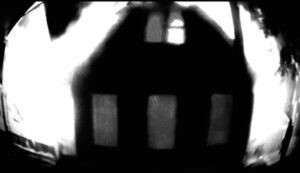
<figcaption> Steeve Bauras, My Dears, 2015. Courtesy of the artist
C&: Tell us more about your ongoing installation series 3K project that you also exhibited in Dakar in 2013. In Havana, you involved various media, such as photography, video, and a skateboard ramp where skateboarders are invited to participate...
SB: The 3K project builds on reality, and because of its extremely full-on discourse deliberately jams into it. The aim here is to initiate a reflection on racism within communities. It also shares that recurrent aim of giving the project, and therefore the discourse it propagates, an anchor – not only formally but also economically, socially. Yes, 3K stands for Ku Klux Klan, but the work is not only about the KKK. It intends to focus on the hypnotic nature of those extreme ideologies that fluctuate between eras but remain perpetually significant. In the 3K video, which oscillates between a short scene from Samuel Fuller’s 1963 film Shock Corridor and images of urban skateboaders (in Dakar and Havana), the skaters resemble a hunting ground of a discourse in which the skateboards are the vectors and the local population are the targets. The skating ramp [which is not always included] amplifies the cyclical nature of these thought structures and cannot be activated by anyone except skaters. In its globality, the project is an extension of my photography, a proposed image, submitted to critique, giving rise to exchange.
C&: And why do you feature skateboarders?
SB: Skaters allow me to grasp cities as they are explored with a certain fluidity. With their help I obtain a panorama of places. Images gathered with the help of these “silhouettes” [the skaters] lead the project progressively into new trajectories, new realms of the possible. Their collaboration allows me to truly insert myself into a reality whose rhythm and whose density sometimes escape me. As Jean-Baptiste Mognetti put it in his essay “Sofa Grunge,” published in Laura magazine: “The ‘coolness’ of urban board sports becomes the vehicle of a hypnotic message...”
C&: You seem only to use black and white, which has a strong effect. You also pair this with public urban spaces. What makes these elements important to you? Also, would you define your work as political?
SB: In the 3K project and the video in particular, the black-and-white is accentuated, saturated. The video in my practice approaches the turf of a game, authorizing me to take certain photographic liberties. It serves as a breath, a puff of air, in my photography. Here the black-and-white is saturated into the possible in the desire to diminish identifiability of characters. It may well reveal itself as a recipient awaiting color because the goal of this project, paradoxically, is not to talk about just black-and-white racism, but racism within communities. It all owes to the absurdity of the situation: a black man apologizing for the Ku Klux Klan. So the work beckons to everyone who wanders around our contemporary societies able to be charmed into becoming a target of these ideologies out of identical yet wide-ranging motivations. I don’t think the practice I have developed is political. It serves as a warning. It points at certain things and submits an object for examination.
C&: Can you tell us a little bit about your contribution to this year's Encounters of Bamako?
SB: At Bamako, a variation of 3K has been proposed. It’s part of the video selection, which means the set-up I’ve proposed will be easier in terms of logistics and production but will preserve a certain “visual polyphony.”
The work of Steeve Bauras will be exhibited at the 10th Bamako Encounters, African Biennale of Photography.
.
Interview by Aïcha Diallo
Read more from
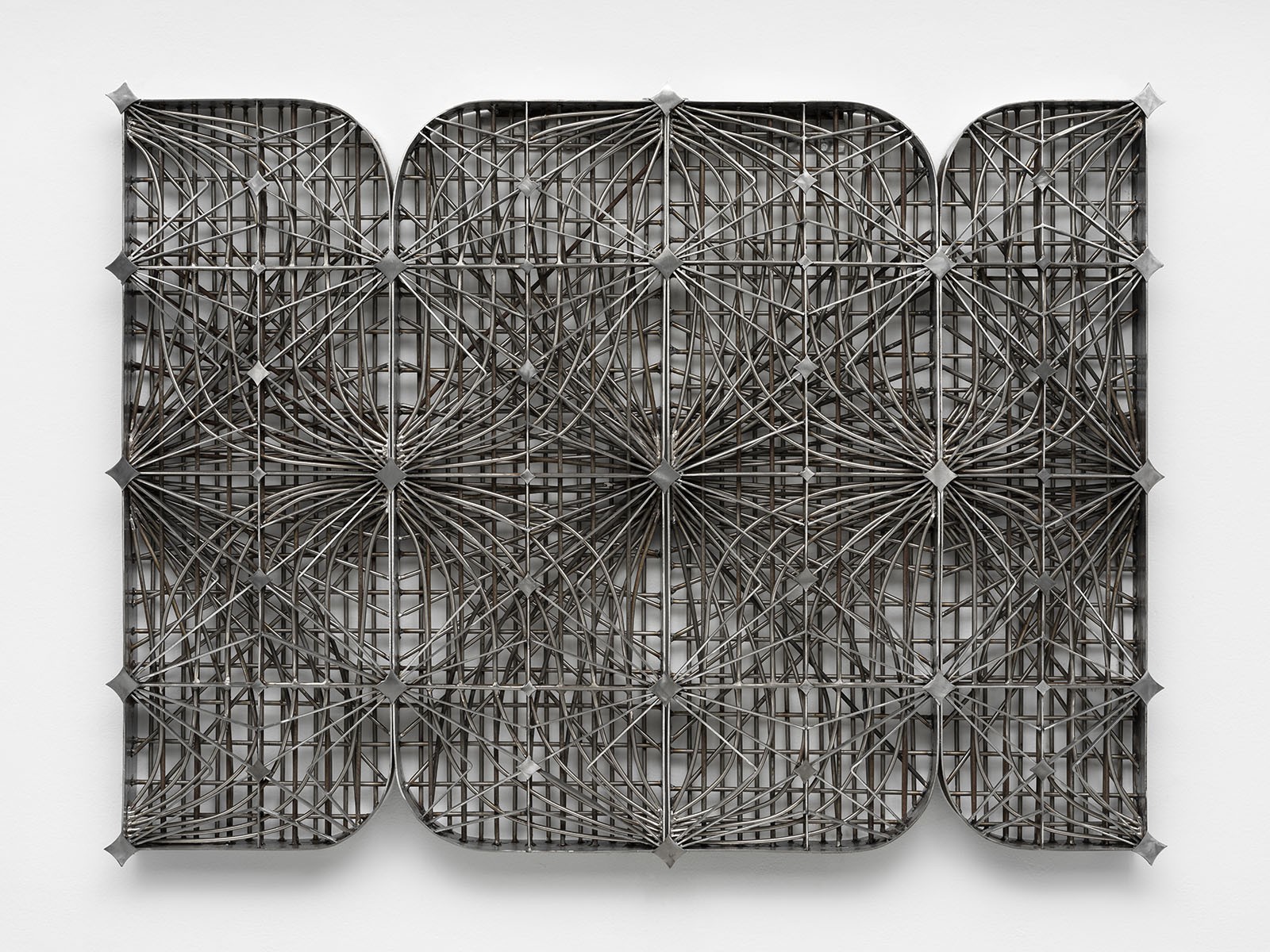
Jesús Hilário-Reyes: Dissolving Notions of Group and Individual
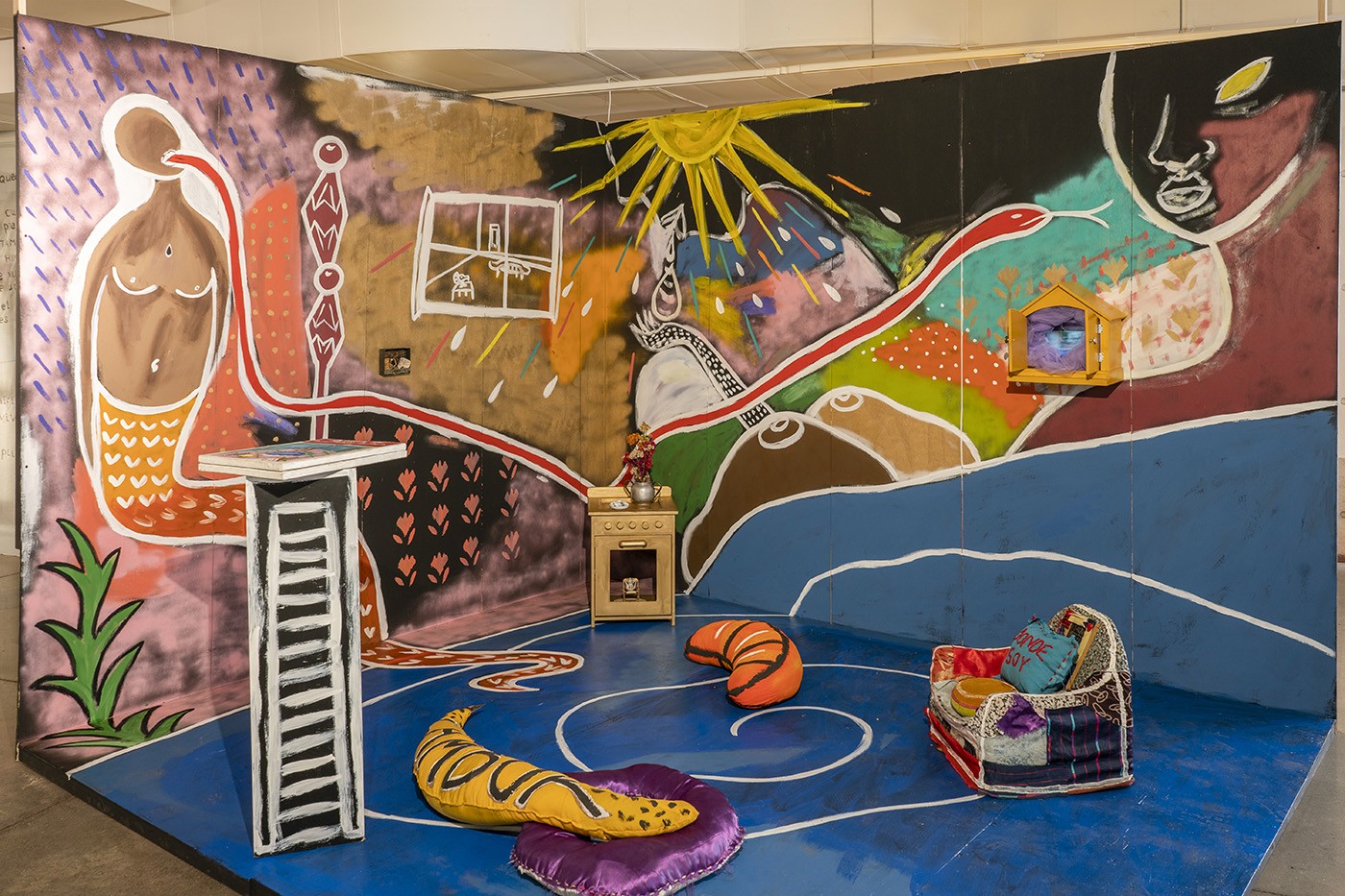
A Biennial that relates sound to space and bodies
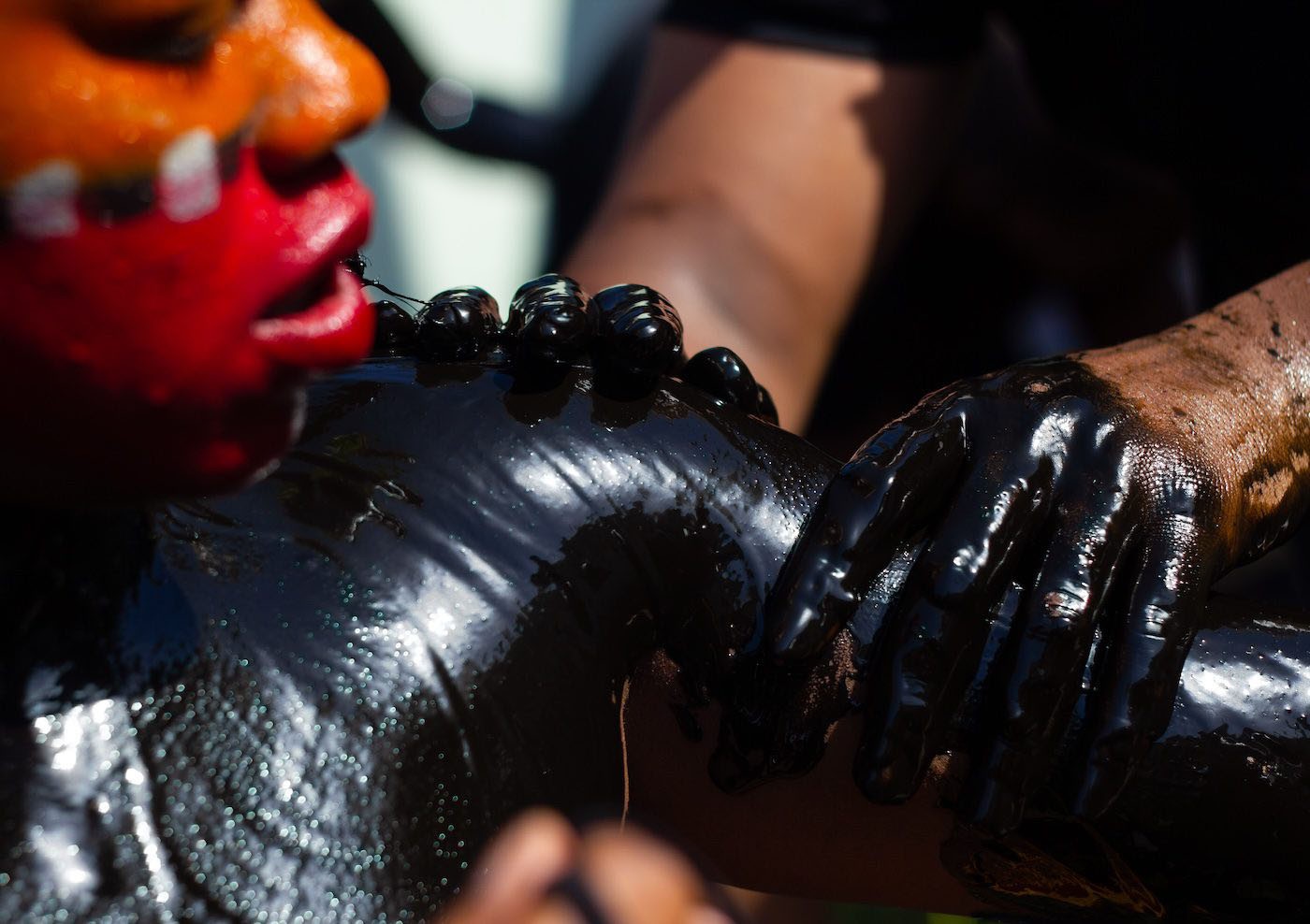
Anaïs Cheleux: Connecting Caribbean Identity Through Photography and Performance
Read more from
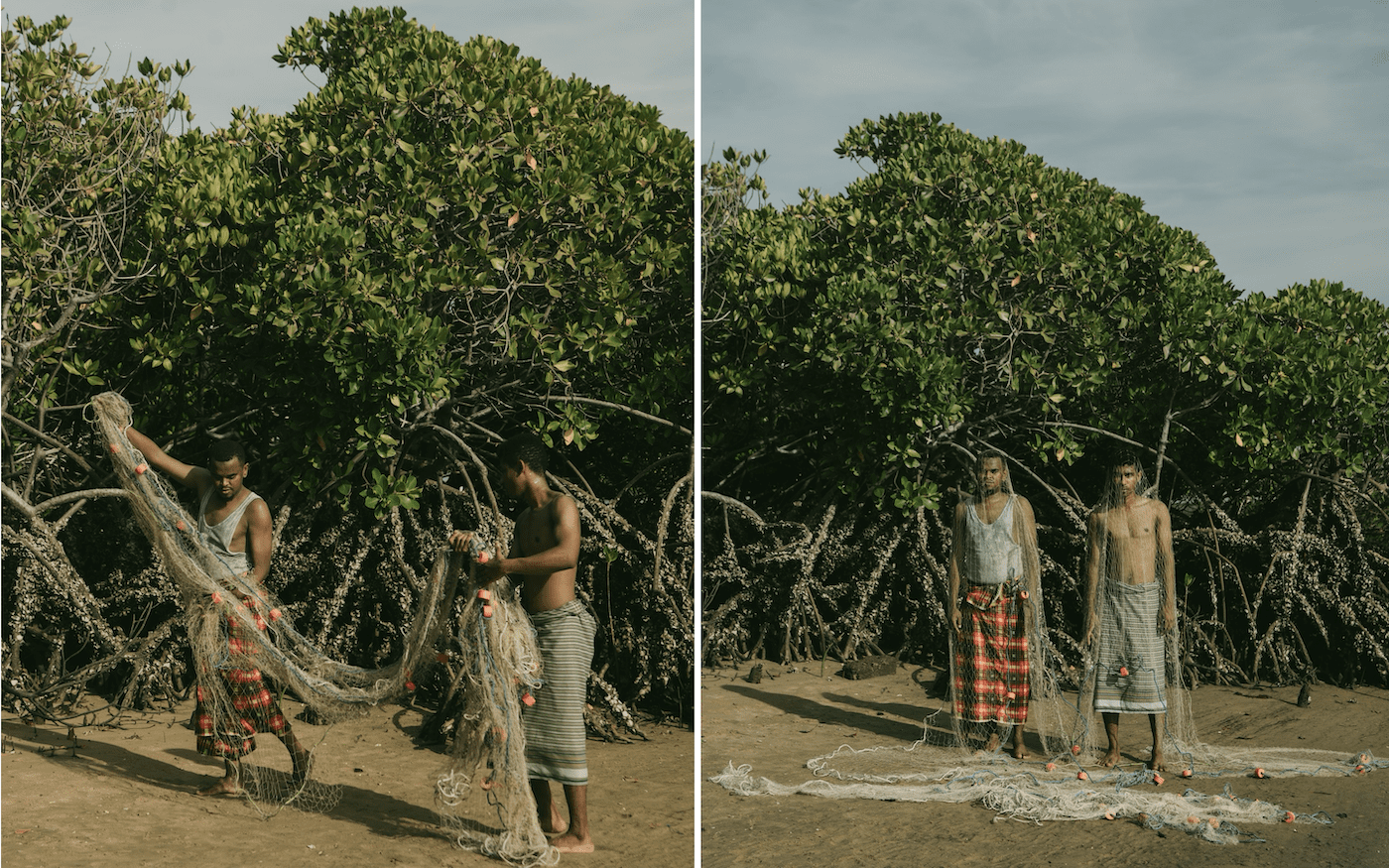
Mangrove Ecologies: Grounded Forms of Questioning in the Art/World
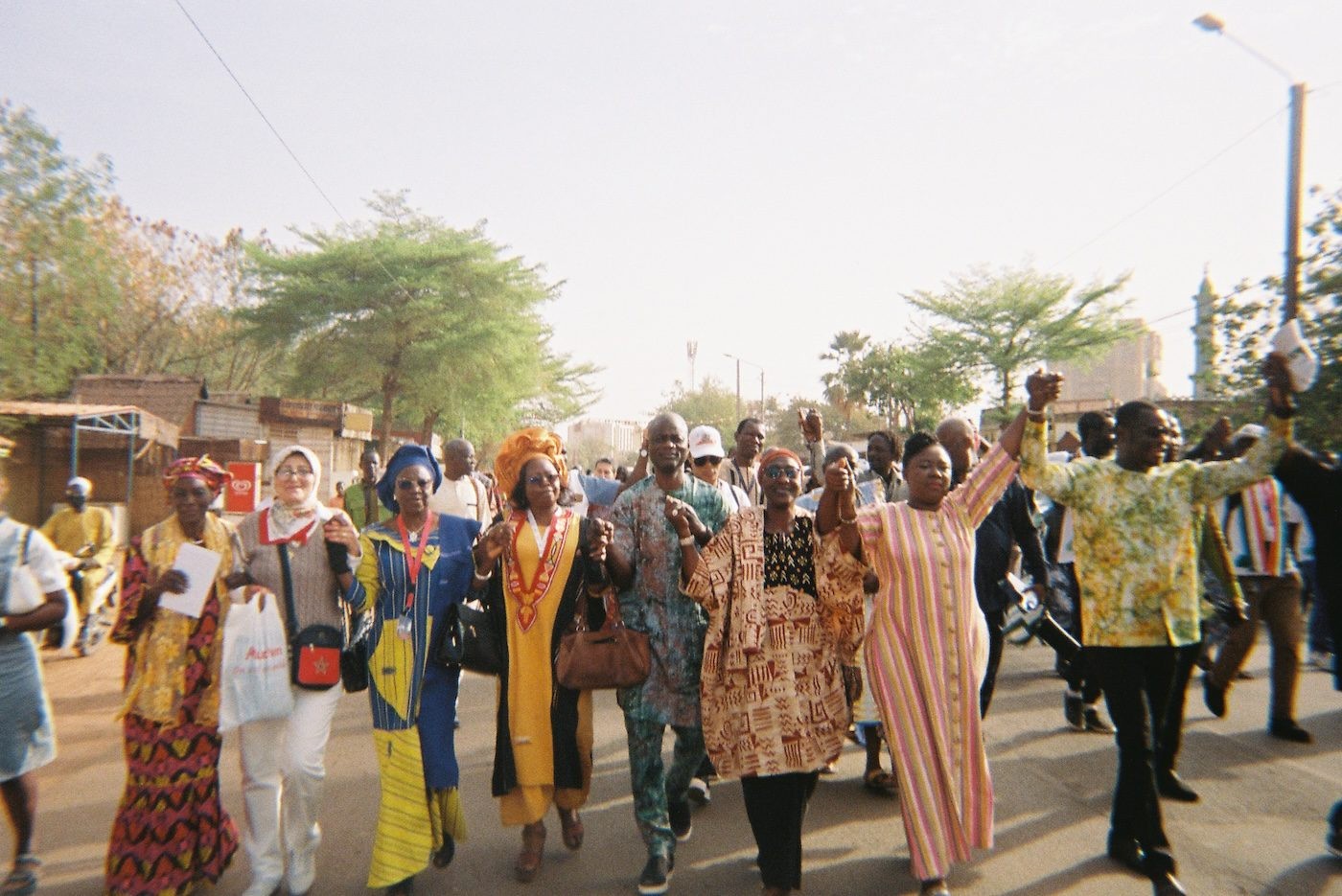
FESPACO 2025 Made Space for the Ceremony of African Cinema
